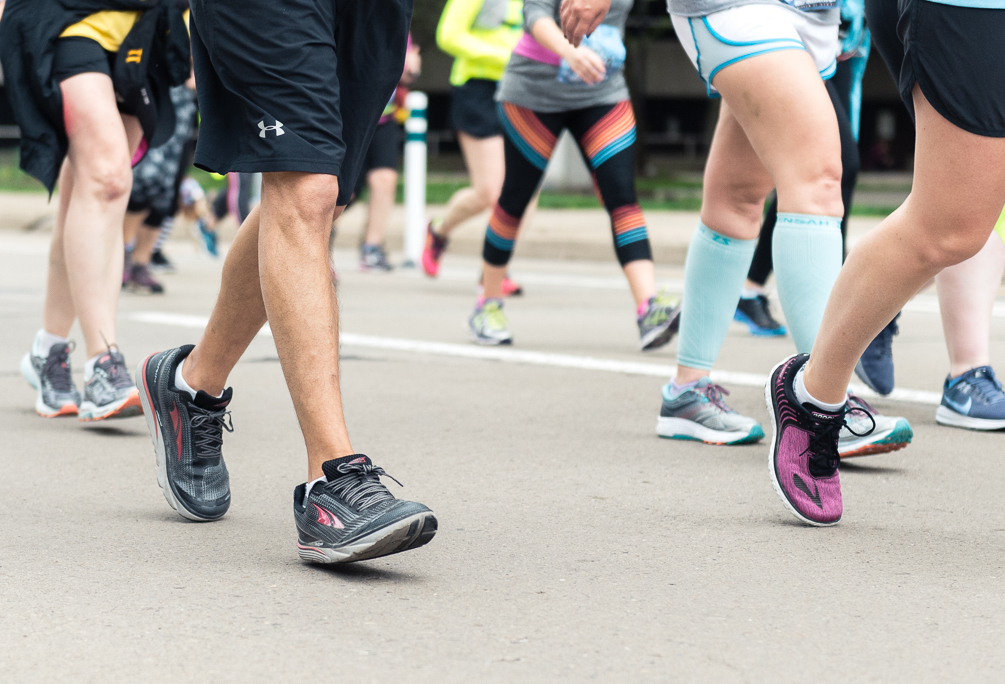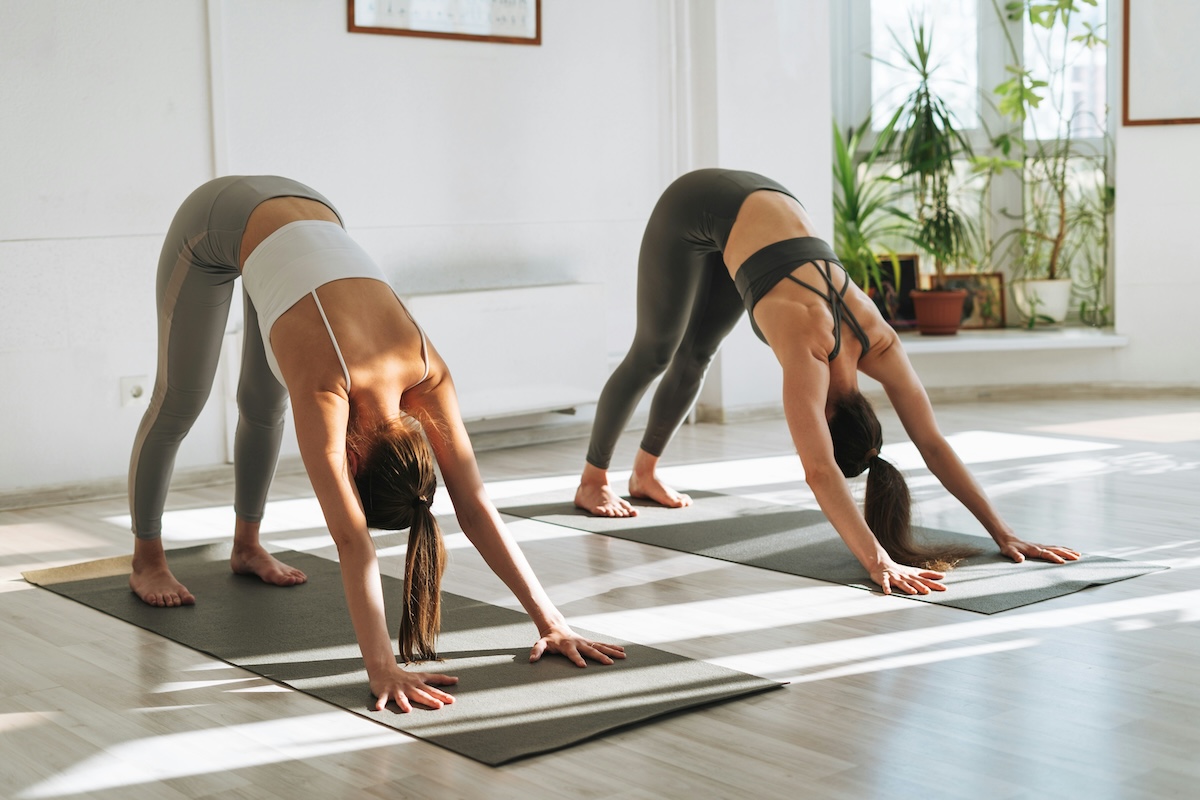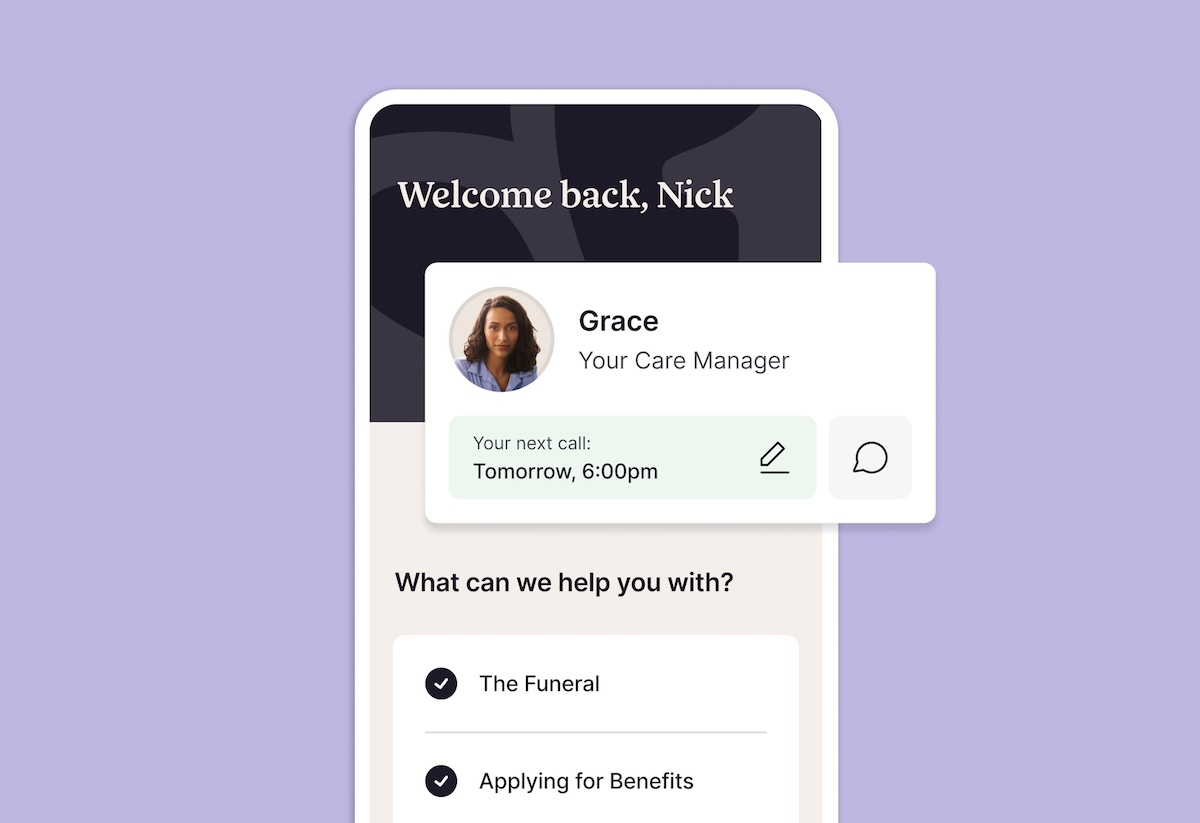As the pandemic closed gyms and locked us indoors, a daily walk offered a reprieve — and the habit is sticking.
- Walkers logged over 668M miles on Strava last year, a growth of about 2x YoY.
- A trend on TikTok, the #hotgirlwalk hashtag has notched over 51M views on the platform.
- Walking app Go Jauntly saw its membership rise by 80% since the beginning of the pandemic.
Take a stroll. Walking stimulates circulation, increases serotonin, and boosts creativity, improving a host of physical and mental health factors. Walking just 30 minutes every day is connected to a 19% drop in coronary heart disease risk, while a daily one-hour walk lowers the risk of major depression by 26%.
And every minute counts — if adults added a mere 15 minutes of walking a day, analysts estimate that the global economy could grow by a whopping $100B a year.
Free domain. That’s all the more reason to push for healthier cities, promoting infrastructure that prioritizes pedestrians instead of cars. A counter to expensive home equipment or boutique gyms, a lap around the neighborhood is more realistic and achievable for most people, especially those just adopting a new exercise routine.
And a number of apps are here to provide digital companionship or guidance:
- Hiking platforms like Footpath and AllTrails double as discovery platforms for new walking routes.
- Calm and Headspace offer walking meditations to support mindful walking.
- MapMyWalk, Strava, and Nike Run Club can track data for those who want to log stats.
- Expanding its Fitness+ offering, Apple debuted Time to Walk, a celebrity- and athlete-guided walking experience.
A different approach, as remote work takes hold, Spot has raised $6.9M to develop a virtual meeting platform made for walking.
Takeaway: With or without an app, walking is free and accessible for almost anyone to participate in. With outsized returns on health, city governments, brands, and even employers would do well to help turn this trend into common practice.



